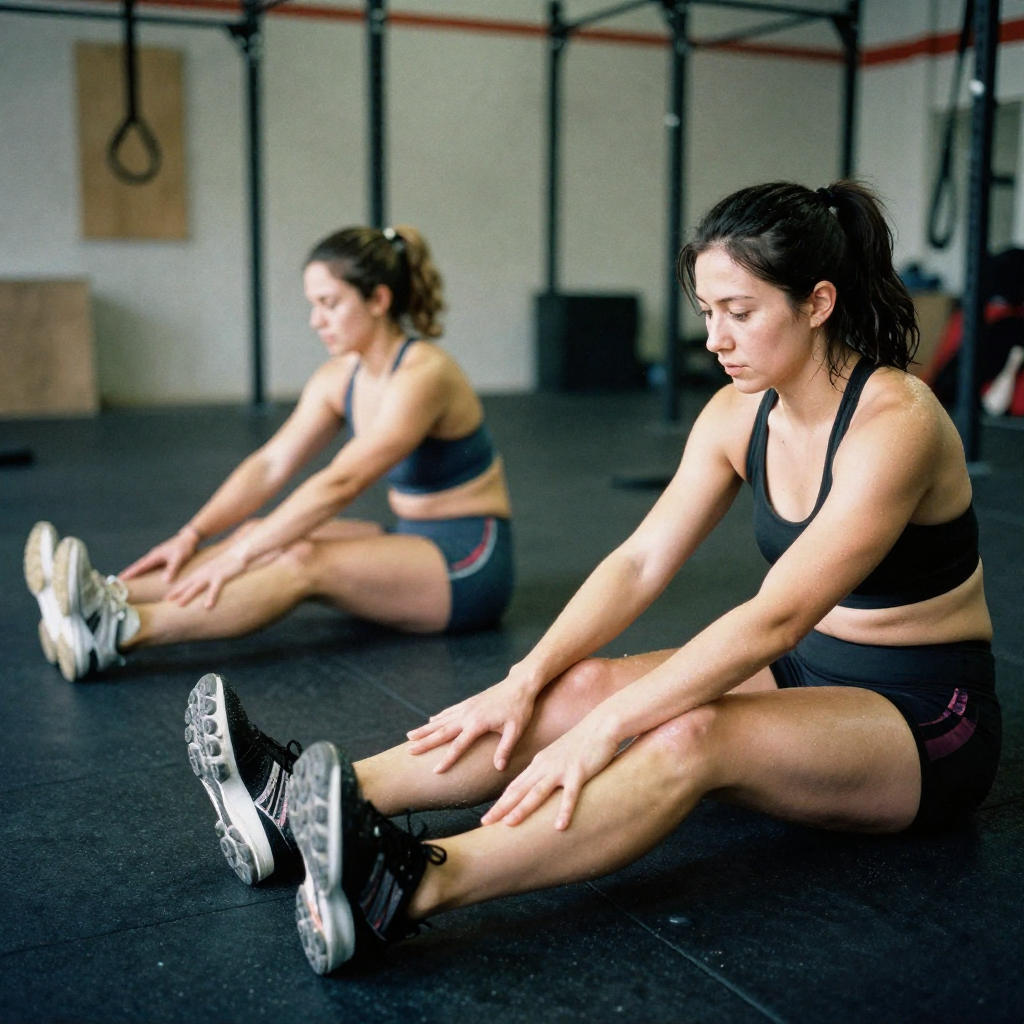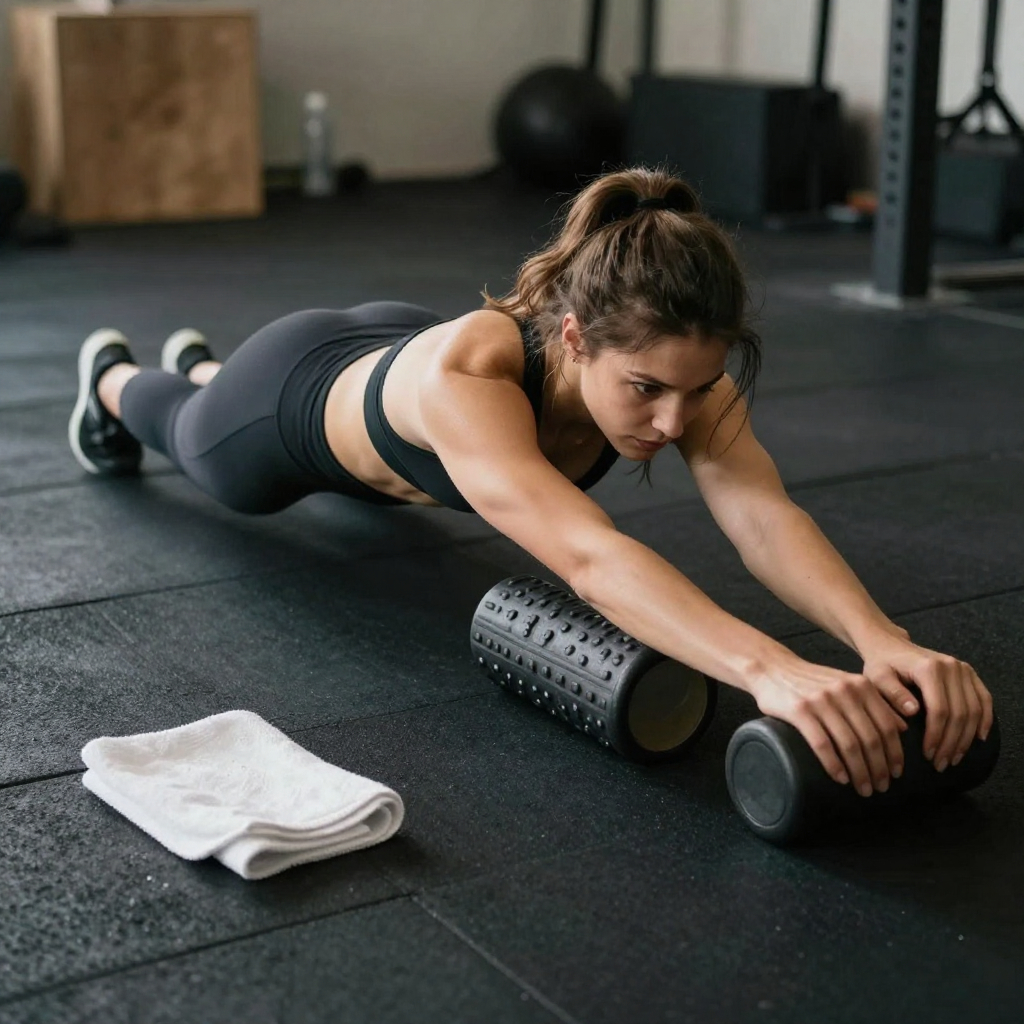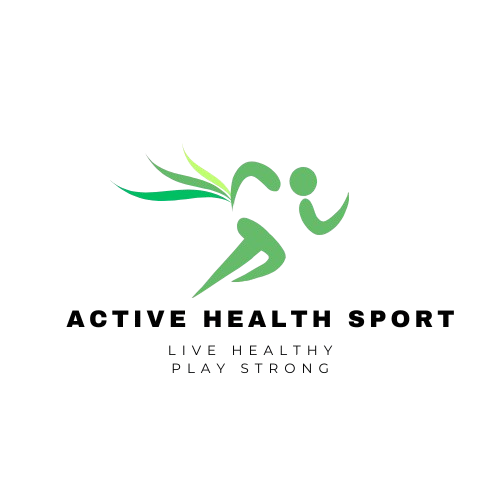You’ve been consistent. You show up to your workouts, track your progress, and push hard. Yet somehow, your strength, endurance, or physique hasn’t improved in weeks or even months.
Most people blame motivation or discipline when they hit a fitness plateau. But in reality, it’s not about your willpower, it’s about how you move.
Poor movement quality, not lack of effort, is often the invisible barrier that halts progress. When your body moves inefficiently, your muscles, joints, and nervous system can’t perform at their best, no matter how intense your training is.
In this latest blog, we’ll uncover the real science behind movement quality, how it affects your results, and how to rebuild strength and progress smarter, not harder.
What Is a Fitness Plateau, Really?
A fitness plateau happens when your body adapts to your current level of training and stops responding with improvement. It’s a normal part of training, but how you respond determines whether you stay stuck or move forward.
The signs:
- Strength or endurance stops improving.
- Workouts feel harder without better results.
- Fatigue increases, motivation drops.
- Chronic tightness or soreness sets in.
Most people react by increasing intensity, heavier weights, longer runs, stricter diets, but that only amplifies fatigue if movement quality is poor.
The Hidden Cause: Poor Movement Quality
Movement quality refers to how efficiently and safely your body performs physical tasks. It’s not just about flexibility or strength, it’s about coordination, control, and alignment.
When your movements are inefficient (like squatting with poor hip mobility or pressing with rounded shoulders), your body compensates, creating imbalances and stress. Over time, those small flaws accumulate, leading to plateaus or injuries.
The Science
According to a 2024 Journal of Human Kinetics review, improving movement patterns led to 30% faster strength gains and 50% fewer overuse injuries among trained individuals compared to those focusing solely on load progression.
Your nervous system adapts to the quality of your movement before it can safely generate more force or endurance. In other words, better movement equals more potential.
Also Read the Latest: Functional Fitness: Relieve Back Pain & Boost Energy
Real-Life Fitness Success Stories
Case Study #1: Ahmed’s Strength Stagnation Breakthrough
Profile: Ahmed, 34, a software engineer and father of two, had been weight training for over two years. Despite consistency and tracking his macros diligently, his bench press had been stuck at 185 lbs for nearly six months.
Problem: He noticed shoulder discomfort during pressing movements and fatigue setting in faster than usual. Even with progressive overload, his numbers refused to climb.
Discovery: A movement screening at his local fitness center revealed significant shoulder instability and tight pectoral muscles, which caused inefficient bar path control and muscle imbalance. According to Verywell Fit’s mobility guide, poor shoulder mobility often limits upper-body strength and increases injury risk.
Fix: Ahmed dedicated four weeks to mobility drills, scapular stability work, and lighter, form-focused bench sessions. He incorporated exercises like band pull-aparts, wall slides, and controlled negatives, following a principle of “move better before lifting heavier.”
Result: Within eight weeks, his bench press climbed to 205 lbs, and his shoulder pain disappeared entirely, proving that strength often starts with better movement, not just heavier weight.
Case Study #2: Laila’s Running Plateau Transformation
Profile: Laila, 29, a teacher and mother of one, had been running 5 km every morning for a year. However, despite her discipline, she couldn’t push past a 6:30/km pace and often struggled with knee pain.
Problem: She focused solely on running distance without addressing underlying muscle imbalances. Overactive quadriceps and underactive glutes restricted her stride efficiency, while tight hip flexors limited her extension power.
Intervention: Laila adopted a 6-week functional strength and mobility plan, incorporating glute activation drills, ankle mobility stretches, and posture correction exercises inspired by ACE Fitness’ functional training principles.
Result: After six weeks, her running pace improved to 5:50/km, her knee pain vanished, and she began enjoying her runs again, with more energy and better form.
Case Study #3: David’s Corporate Wellness Turnaround
Profile: David, 41, is an HR manager at a marketing agency who spends 9+ hours daily at a desk. With no structured exercise routine, he often battled lower back pain and constant fatigue.
Problem: His sedentary lifestyle led to poor posture, tight hips, and weak core stability. By the end of each workday, his energy was completely drained, affecting his focus and productivity.
Solution: David joined a corporate wellness challenge emphasizing functional fitness and mobility breaks during work hours. Following a 10-minute daily routine (including bodyweight squats, planks, and hip openers), he began to notice improvements within two weeks. He also followed ergonomic tips from Mayo Clinic’s office posture guide.
Result: In just two months, David lost 8 lbs, reported zero back pain, and felt significantly more energetic throughout the day. His story inspired his company to make short active breaks a permanent part of their daily culture.
Share Your Story with Active Health Sport
Have you experienced your own transformation through functional fitness, whether it’s overcoming pain, finding time for exercise, or building new strength habits as a parent?
We’d love to hear it!
👉 Share your story with the Active Health Sport team and inspire others on their fitness journey. Send us your story through our Contact Page or comment down below.
Your experience could be featured in our next community highlight, motivating hundreds of parents to take their first step toward a stronger, healthier life.
How Movement Quality Affects Performance
| Aspect | Poor Movement Quality | Improved Movement Quality |
| Muscle Activation | Overuse of dominant muscles | Balanced recruitment and stability |
| Efficiency | Wasted energy, early fatigue | Smoother, more economical movement |
| Injury Risk | High, especially under load | Lower, with improved resilience |
| Progression | Slower or stagnant | Consistent, sustainable gains |
| Mind-Body Connection | Reactive | Controlled and intentional |
Also Read the Latest: How Yoga-Inspired Stretching Enhances Daily Mobility at Any Age
The Pillars of Movement Quality
Improving how you move requires focusing on these five foundational pillars, not just lifting heavier or running faster.
1. Mobility: The Freedom to Move
Mobility isn’t flexibility, it’s control through a range of motion. Tight hips, shoulders, or ankles limit movement and force compensations elsewhere.
Example: If your ankles are tight, your knees and lower back take extra stress during squats, leading to pain or stagnation.
Fix: Daily 5-minute mobility drills (ankle rocks, hip circles, thoracic rotations) can unlock range and restore power.
2. Stability: The Foundation for Strength
Without stability, you can’t safely express strength. Your core and small stabilizers control alignment during complex movements.
Example: A shaky plank or wobbly lunge signals poor core control, a direct limiter of performance.
Fix: Include anti-rotation exercises (Pallof presses, planks, carries) to build a stable foundation.
3. Motor Control: The Skill of Movement
Motor control is how your nervous system coordinates muscles to produce smooth, efficient motion. Poor control leads to jerky, inefficient movement patterns.
Fix: Slow down. Focus on movement tempo and technique before adding load.
4. Breathing Mechanics
Breathing affects core stability, posture, and nervous system regulation. Shallow chest breathing restricts oxygen and creates tension.
Fix: Practice diaphragmatic breathing during warm-ups and cooldowns to improve oxygen flow and control.
5. Consistency in Practice
Movement quality is a skill, and like any skill, it requires repetition and awareness. The goal isn’t perfection, but mindful improvement.
How to Rebuild Your Movement Foundation
You can’t fix what you can’t measure. Start by assessing and addressing weak links.
| Test | Purpose | Quick Fix |
| Overhead Squat | Tests mobility and alignment | Add hip and thoracic mobility drills |
| Plank Hold | Tests core endurance | Practice anti-rotation holds |
| Single-Leg Balance | Tests stability | Do single-leg RDLs and balance drills |
| Shoulder Reach | Tests mobility and posture | Include band pull-aparts and wall slides |
Reassess every 4-6 weeks. Progress comes from awareness, not just effort.
Practical Strategies to Break Through Plateaus
- Reduce Load, Improve Form – Lifting lighter with perfect control builds real strength.
- Incorporate Functional Patterns – Squat, hinge, rotate, carry, and push/pull with intention.
- Record Yourself – Video your lifts; visual feedback reveals hidden movement faults.
- Warm-Up Smarter – Spend 5–10 minutes prepping mobility and activation, not just stretching.
- Recover Intelligently – Movement patterns solidify during rest; prioritize sleep and active recovery.
- Work With Movement Professionals – A single assessment from a physiotherapist or certified coach can uncover years of imbalance.
Also Read: Real-Life Strength: What is the Power Beyond Gym Numbers?
Research Snapshot
| Study Source | Year | Key Finding |
| Journal of Sports Rehab | 2023 | Corrective mobility improved lifting efficiency by 25% |
| ACSM Health & Fitness Journal | 2024 | Functional movement training reduced injury rates by 47% |
| Harvard Health | 2025 | Motor control retraining led to faster strength and endurance gains |
Final Insights
A fitness plateau isn’t a sign you’ve failed, it’s your body asking for smarter movement. By refining how you move, you unlock strength, speed, and endurance that have been hidden beneath poor mechanics.
Train with awareness, move with purpose, and progress becomes inevitable.
FAQs
Why do I feel stuck even when I’m training hard?
Training hard doesn’t always mean training smart. When your movement patterns or form are inefficient, your muscles can’t fully activate, leading to strength plateaus and increased fatigue despite consistent effort.
How can I tell if my movement quality is poor?
Poor movement quality often shows up as chronic tightness, recurring soreness, or imbalanced strength between sides. A movement assessment or video feedback can reveal faulty mechanics affecting performance.
Do I need to stop lifting heavy to improve movement?
Not necessarily. You can continue lifting, but reducing load temporarily helps retrain proper form and activate stabilizing muscles. Once movement efficiency improves, you’ll safely regain and surpass prior strength levels.
Can improving mobility alone break a plateau?
Mobility can help, but it’s only part of the solution. You also need stability, control, and functional strength to turn mobility gains into real performance improvements and injury prevention.
How long does it take to see improvement?
With consistent focus on mobility, movement control, and corrective strength, most people experience noticeable results in 4-6 weeks, improved comfort, smoother mechanics, and better overall performance.
What’s the best way to identify hidden weaknesses causing plateaus?
A functional movement screen (FMS) or professional assessment can pinpoint imbalances, mobility restrictions, and compensations that limit strength or endurance. Correcting these weak links restores steady, long-term progress.
You might also like the recent posts!!!
- Active Recovery for CrossFitters: Walking & Mobility Explained
 CrossFit pushes athletes to their physical limits, lifting heavy, sprinting, jumping, and performing high-intensity functional movements. While the intensity delivers impressive gains, it also places tremendous stress on muscles, joints, and the nervous system. Without… Read more: Active Recovery for CrossFitters: Walking & Mobility Explained
CrossFit pushes athletes to their physical limits, lifting heavy, sprinting, jumping, and performing high-intensity functional movements. While the intensity delivers impressive gains, it also places tremendous stress on muscles, joints, and the nervous system. Without… Read more: Active Recovery for CrossFitters: Walking & Mobility Explained - How Walking and Stretching Boost CrossFit Recovery (Duo)
 CrossFit recovery, athletes often chase intensity, heavy lifts, quick transitions, and heart-racing WODs (Workouts of the Day). Yet, the key to consistent progress isn’t just in the effort you put inside the box, it’s what… Read more: How Walking and Stretching Boost CrossFit Recovery (Duo)
CrossFit recovery, athletes often chase intensity, heavy lifts, quick transitions, and heart-racing WODs (Workouts of the Day). Yet, the key to consistent progress isn’t just in the effort you put inside the box, it’s what… Read more: How Walking and Stretching Boost CrossFit Recovery (Duo) - How Nutrition Impacts Sleep: Foods That Help (and Hurt) Your Night’s Rest
 You Are What – and When – You Eat We often think of sleep as a nighttime habit, but the truth is that good sleep begins with what you eat during the day. Nutrition doesn’t… Read more: How Nutrition Impacts Sleep: Foods That Help (and Hurt) Your Night’s Rest
You Are What – and When – You Eat We often think of sleep as a nighttime habit, but the truth is that good sleep begins with what you eat during the day. Nutrition doesn’t… Read more: How Nutrition Impacts Sleep: Foods That Help (and Hurt) Your Night’s Rest

Kait Amazra is the founder and lead writer of Active Health Sport. With over 25 years of experience in health, fitness, and wellness education, Kait combines professional expertise with a passion for helping people live stronger, healthier, and more balanced lives.
As a licensed health and fitness professional, Kait has worked alongside industry experts to deliver evidence-based insights on physical activity, nutrition, recovery, and holistic well-being. Through Active Health Sport, Kait’s mission is to make trusted, practical, and science-backed health information accessible to everyone, from beginners building new habits to athletes seeking peak performance.

